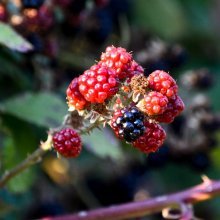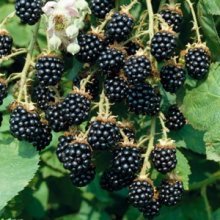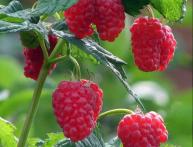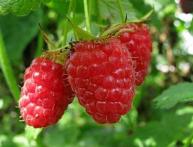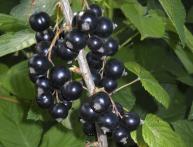How to care for blackberries - secrets of mastery
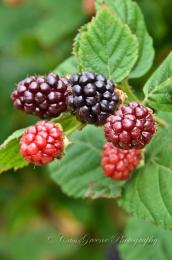
Everyone knows this beautiful wild berry, distinguished by its original taste and health benefits. And also because it is not very pleasant and convenient to collect, since blackberry thickets are usually difficult to pass through and very prickly. But modern breeding science doesn’t care. And now we can pamper ourselves garden blackberry, which is distinguished by the absence of thorns on the shoots, and its berries are large and sweet.
Content:
- Blackberry classification
- Growing on a trellis
- Lighting
- Watering
- Trimming
- Wintering
- Reproduction
- Landing
- Top dressing
- Pests and diseases
- Harvesting
Blackberry classification
All blackberry varieties (over 300) are divided into 3 groups:
- bramble – straight-growing (the most common);
- semi-creeping (rare);
- dewberry - creeping along the ground.
Growing on a trellis
Since this is a rather rare plant in our garden plots, a reasonable question arises - how to care for blackberries. Firstly, it will be very convenient to lift the blackberries up trelliseslike grapes.
This will save space, the plant will receive enough sun and air, the berries will be able to ripen completely and can be easily picked (blackberries do not bear fruit all at once, but over the course of a month and a half), and young shoots will be able to spread unhindered along the ground. They are often attached to a fan-shaped trellis. If desired, you can tie the bush to a pole or pipe.
Lighting
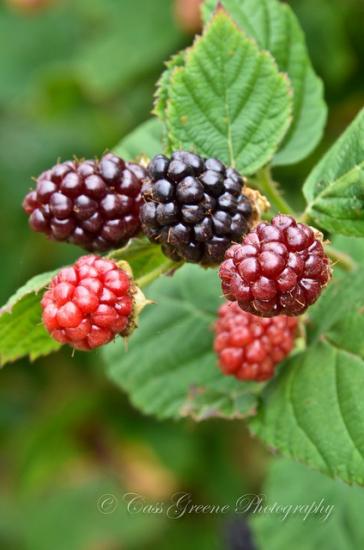
The plant loves illuminated areas.It also feels good in partial shade, but in this case the ripening period of the berries is extended by 5-7 days, they become smaller and lose their taste.
Watering
Blackberries are drought-resistant because their roots are located at a considerable depth.
When flowering and ripening berries, it requires watering. But do not overdo it: excessively moist soil can cause the death of the bush.
Trimming
In the spring, before the buds swell, you need to do formative pruning: remove frozen, dried, diseased, underdeveloped shoots and shorten shoots that are too long.
4-6 shoots should be left on one bush. It is advisable to trim the tops to form a compact bush. It has been noticed that with severe pruning, the berries become larger.
In summer, pinch off the tops and remove excess young shoots. In autumn, fruit-bearing shoots are pruned.
Wintering
Many gardeners are afraid of the low frost resistance of this garden crop, but if you know how to care for blackberries in autumn-winter period, then she will delight you with a bountiful harvest.
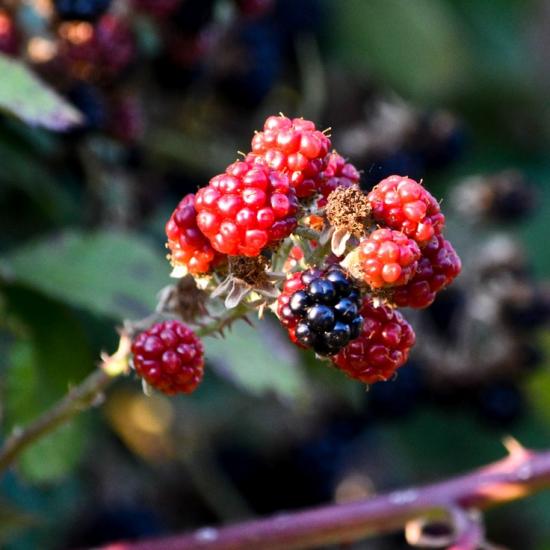
It should be noted that dewberry does not tolerate winter well, and bramble can withstand twenty-degree frosts. But it’s still better to cover any blackberries for the winter.
Most varieties bend to the ground, and if you have a straight-growing blackberry, then they bend it gradually during the growth process, as if accustoming it. For particularly sensitive varieties, covering is used. Most often with plastic wrap, but you can use leaves or spruce branches. It is advisable to cover it with snow on top. If the plant is not prepared for winter, the adult bush will not die, but the above-ground part may freeze, which will undoubtedly affect fruiting.
Reproduction
The plant reproduces using seeds, green and root cuttings, rooted shoots and dividing the bush.
- Blackberries are propagated by seeds when new varieties are developed.
- Cuttings for propagation are taken 5-7 centimeters long and planted in spring or autumn in fertilized soil, two-thirds deep. If you decide to root the shoot, then sprinkle it with soil at the end of summer. In spring, transplant to a permanent location.
Landing
Blackberry it is advisable to plant in a lighted and protected from the winds place. It is better to plant in the spring to prevent freezing.
The plant prefers slightly acidic or neutral soil. Limestone soil should not be used for planting.
First, dig holes to a depth of 45-50 centimeters. Fertilizers mixed with soil are placed at the bottom: rotted manure or compost (5-6 kilograms), potash fertilizers (45-50 grams) and superphosphate (130-150 grams). Then the blackberry bush is planted so that the root collar is 2-3 centimeters below the soil level. Plants are watered, mulched and trimmed, leaving 20-30 centimeters.
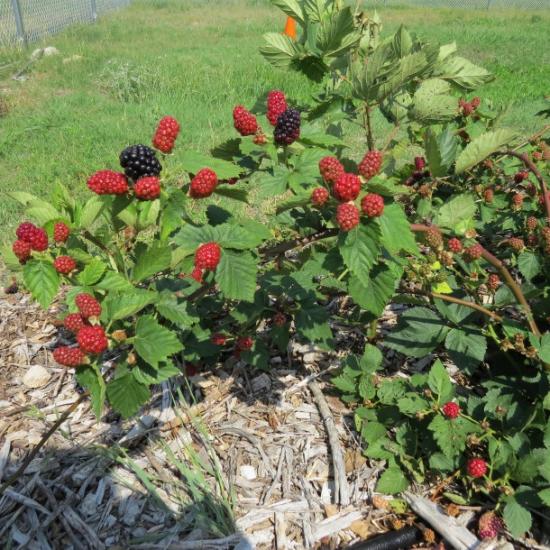
Plants are planted in rows. Upright bushes are placed at a distance of 0.9-1 meters, row spacing is up to 2 meters. Leave 2.5 meters of distance between creeping plants.
In one place, blackberries can bear fruit for 12-15 years.
Top dressing
To obtain a bountiful harvest of berries, the plant needs feeding. An excellent result can be obtained by mulching the soil in early spring with a layer of 5 centimeters. For mulch, use rotted manure or compost. You can also add urea or ammonium nitrate.
But keep in mind that blackberries are not fertilized for 2-3 years after planting.
Pests and diseases
Blackberries are resistant to pests and diseases. Sometimes it can be attacked by raspberry beetles. To prevent this from happening, try to pick ripe berries on time.With a lack of iron and magnesium, it develops chlorosis.
Harvesting
The berries ripen at the end of summer. They are collected in several stages.
If you take care of blackberries and care for them properly, they will certainly delight you with a bountiful, tasty harvest.

